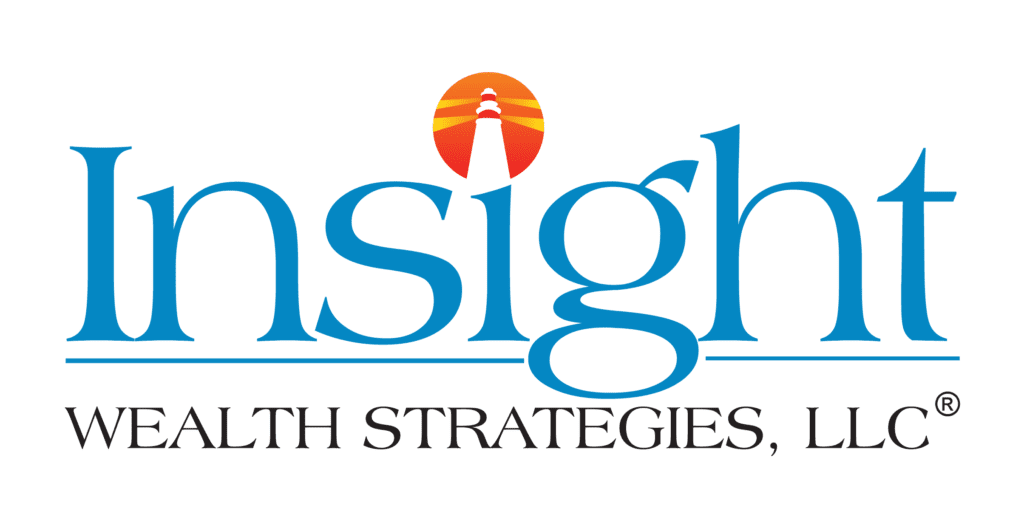The Fed's Role in Determining Interest Rates
Interest rates have been in the news recently due to the Federal Reserve’s decision last month to cut the target for its benchmark interest rate level by .25% to a range of 1.75% to 2%. This cut on Sept. 19 (announced Sept. 18) was the second time the Fed cut rates in 2019.
The first was a .25% rate cut on Aug. 1 (announced July 31). These cuts were the first time the Fed lowered rates since the financial crisis more than 10 years ago in 2008, and they followed four rate hikes of .25% each in 2018, three rate hikes of .25% each in 2017, a .25% rate hike in 2016 and a .25% rate hike in 2015. (1)
The concept of an interest rate is fairly straightforward. It is the amount of interest on a loan due per period proportional to the amount lent. In most cases, there is a cost to borrowing money, and the interest rate represents the cost or rate a bank or other lender charges to lend that money. With that in mind, let’s look at the role the Fed plays in determining interest rates, why the Fed adjusts rates from time to time and what the implications are of raising and lowering rates.
The Fed’s benchmark interest rate, also known as the Federal Discount Rate, is the rate charged to commercial banks and other depository institutions on loans they receive from their regional Federal Reserve Bank’s lending facility. (2) The Federal Reserve Banks have three secured lending programs available to depository institutions. They are primary credit, secondary credit and seasonal credit, and each has its own interest rate. Since the primary credit rate, which consists of very short-term (usually overnight) loans, is the main program, that rate is often referred to as the “discount rate” and will be the focus of this discussion.
The Fed is the central bank of the United States and performs five general functions for the U.S. economy. We are focusing on the Federal Open Market Committee, which sets national monetary policy and decides where the benchmark interest rate is set. The committee is comprised of the president of the Federal Reserve Bank of New York, the seven members of the Board of Governors of the Federal Reserve System and four presidents from the other 11 Reserve Banks who serve one-year terms on a rotating basis. (3)
Historically, the Fed increases rates in an effort to cool down an overheated economy and keep inflation in check. Increasing rates makes borrowing money more expensive, leading to less money being borrowed and lent out in the economy. The goal is to essentially tap the brakes on spending and growth. When decreasing rates, the Fed supports an expansion of the economy. Decreasing rates makes borrowing less expensive, which leads to more money being borrowed. The idea is that when banks have more money to lend, that money ultimately makes its way into the economy. With more money available, companies can take out loans to invest in their businesses, expand production and hire workers.
For example, during a robust economy in the mid-2000s, the Fed raised interest rates 17 times between 2004 and 2006. During that time, rates increased from 1% in mid-2004 to 5.25% in mid-2006. In 2007 and 2008, when the economy slowed and the United States entered a recession, the Fed lowered rates 10 times to a level of 0% to .25%. Rates remained unchanged during the subsequent economic recovery until 2015.
When the Fed changes interest rates, the impact is felt throughout the lending universe and indirectly affects rates for mortgages, credit cards, auto loans, student loans and even savings accounts and CDs. The prime rate, the interest rate banks use when lending to their best customers, is the reference point for many types of lending and is indirectly based on the federal funds rate, the rate banks set for each other for short-term loans. The federal funds rate is linked to the target rate set by the FOMC.
The Fed’s decision to adjust the target interest rates can also have a psychological impact on the economy and equities markets. If a rate hike or cut is expected, markets tend to price in those changes prior to an actual announcement of a rate change. Rate changes can signal the Fed’s view on the economy and its current and future forecast. Historically, the committee raises rates during times of economic expansion and lowers rates in times of an economic downturn, but changing the rates can also be made as a preemptive measure.
With the first 2019 cut, which came on the heels of the four hikes in 2018, the FOMC referred to the move as a “recalibration” or “mid-cycle adjustment” in response to changing economic conditions. With the second decrease in September, Fed Committee Chairman Jerome Powell said the committee cut rates to help maintain a strong economy. He said the committee saw a favorable economic outlook with continued moderate growth, a strong labor market and inflation near the 2% objective. He added there are risks to the positive outlook that include weak global growth and trade developments, and he said if the economy does see a downturn, further rate cuts could be appropriate. (4)

